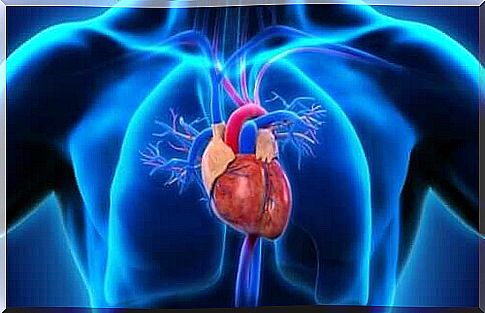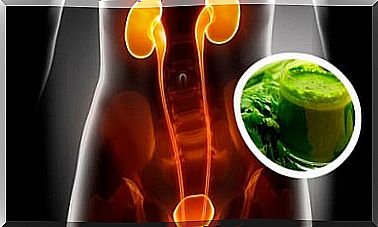Congenital Heart Disease
Congenital heart disease is the most common birth defect. Its degree of severity, as well as the treatment to be carried out, depend on each case. Currently, the level of survival has increased dramatically.

Congenital heart disease is a problem that affects about 1% of births. It takes shape during pregnancy, as the baby’s heart is developing. The word “congenital” refers to the fact that the condition is present at birth.
Statistics indicate that congenital heart disease is the most common birth defect. Thanks to advances in science, there are currently more adults with this problem than babies born with it.
This means that the survival against this disease has increased considerably. Those who reach adulthood, even if they have congenital heart disease, need detailed and ongoing monitoring to prevent complications.
What is congenital heart disease?

Rather than talking about congenital heart disease, we should be talking about congenital heart disease, in the plural. In reality, it is a group of diseases whose common feature is the presence of structural alterations in the heart.
These alterations are caused by a failure in the formation of the organ during the embryonic period. The baby’s heart begins to form from conception, but it is only after eight weeks of pregnancy that its development is complete.
In order for the heart to form, a series of successive steps are normally required. Usually, congenital heart disease occurs because some of these stages are not completed at the right time. The result is an abnormal heart.
Causes
In the vast majority of cases, it is impossible to establish the specific cause of congenital heart disease. Despite this, the World Health Organization (WHO) has pointed out that there are certain factors that increase the risk of suffering from these pathologies. Here they are :
- Genetic factors: family history increases the risk of developing these pathologies. Likewise, congenital heart disease is usually part of certain chromosomal or genetic syndromes, such as Down syndrome, DiGeorge syndrome and others.
- Infections: When the mother suffers from infections such as syphilis or rubella, the risk of embryonic malformations increases
- Nutritional Status: The mother’s overweight, excess vitamin A, lack of iodine or folate, and the presence of diseases such as diabetes mellitus increase the likelihood of abnormal development in the fetus
- Environmental factors: exposure to certain chemicals, consumption of alcohol and / or tobacco, as well as the use of certain drugs, increase the risk of developing congenital diseases
Symptoms and types of congenital heart disease

Signs of heart disease appear immediately after childbirth or a few months later. The main symptoms of heart disease in newborns are:
- Difficulty in feeding
- Rapid breathing
- Purple or bluish lips
- Stunted growth
The different types of congenital heart disease are basically classified into three groups, namely:
- Problems due to excessive blood flow to the lungs. In this type of pathology, there is an increase in pressure and strain in the lungs. This leads to problems such as:
- Persistent arterial duct
- Interarticular or interventricular communication
- Atrioventricular canal
- Problems due to poor blood circulation in the lungs. Because of them, the body does not receive enough oxygen. They generate the classic blue or purple color of the lips. This includes conditions such as:
- Tricuspid atresia
- Pulmonary atresia
- Transposition of the great arteries
- Tetralogy of Fallot
- Double right ventricular outlet
- Arterial trunk
- Problems due to poor blood circulation in the body. Malformed heart chambers or blockages in blood vessels prevent blood from passing through the body. They include coarctation of the aorta and aortic stenosis.
Other information to consider
To prevent congenital heart disease, the mother should have regular check-ups during pregnancy. Also, only use medications that have been approved by the professional monitoring you and that prevent exposure to harmful chemicals.
If you have diabetes mellitus, check your blood sugar. However, no matter what precautions you take, sometimes heart disease cannot be prevented. There are genetic and even unknown factors that cause these conditions.
Congenital heart disease has different levels of severity. It all depends on the nature and severity of the defect. Sometimes pathologies need to be resolved as soon as the baby is born, other times they allow us to wait until the child grows.









